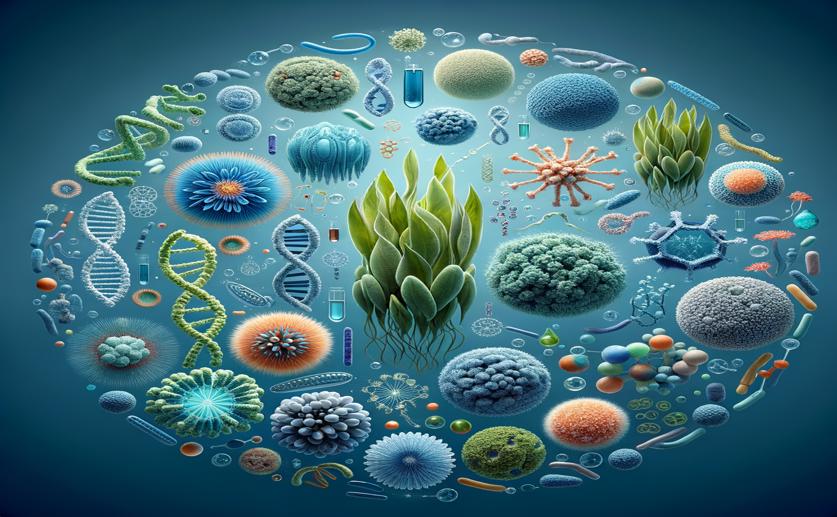
Understanding the Diversity and Evolution of Key Proteins in Blue-Green Algae
Jim Crocker
25th May, 2024

Image Source: Natural Science News, 2024
Key Findings
- The study by Aix Marseille Univ, CNRS, focused on sigma70 factors in cyanobacteria, which are crucial for initiating transcription
- Researchers provided a more accurate classification of sigma70 factors based on their modular organization
- This new classification helps explain how cyanobacteria adapt to various environmental conditions and has practical implications for biotechnology and environmental science
References
Main Study
1) The modular architecture of sigma factors in cyanobacteria: a framework to assess their diversity and understand their evolution
Published 24th May, 2024
https://doi.org/10.1186/s12864-024-10415-x
Related Studies
2) On the origin of oxygenic photosynthesis and Cyanobacteria.
3) Structure, function, and mechanism of the core circadian clock in cyanobacteria.
4) Applications of cyanobacteria in biotechnology.
5) Cyanobacteria: A Precious Bio-resource in Agriculture, Ecosystem, and Environmental Sustainability.



 16th March, 2024 | Jenn Hoskins
16th March, 2024 | Jenn Hoskins